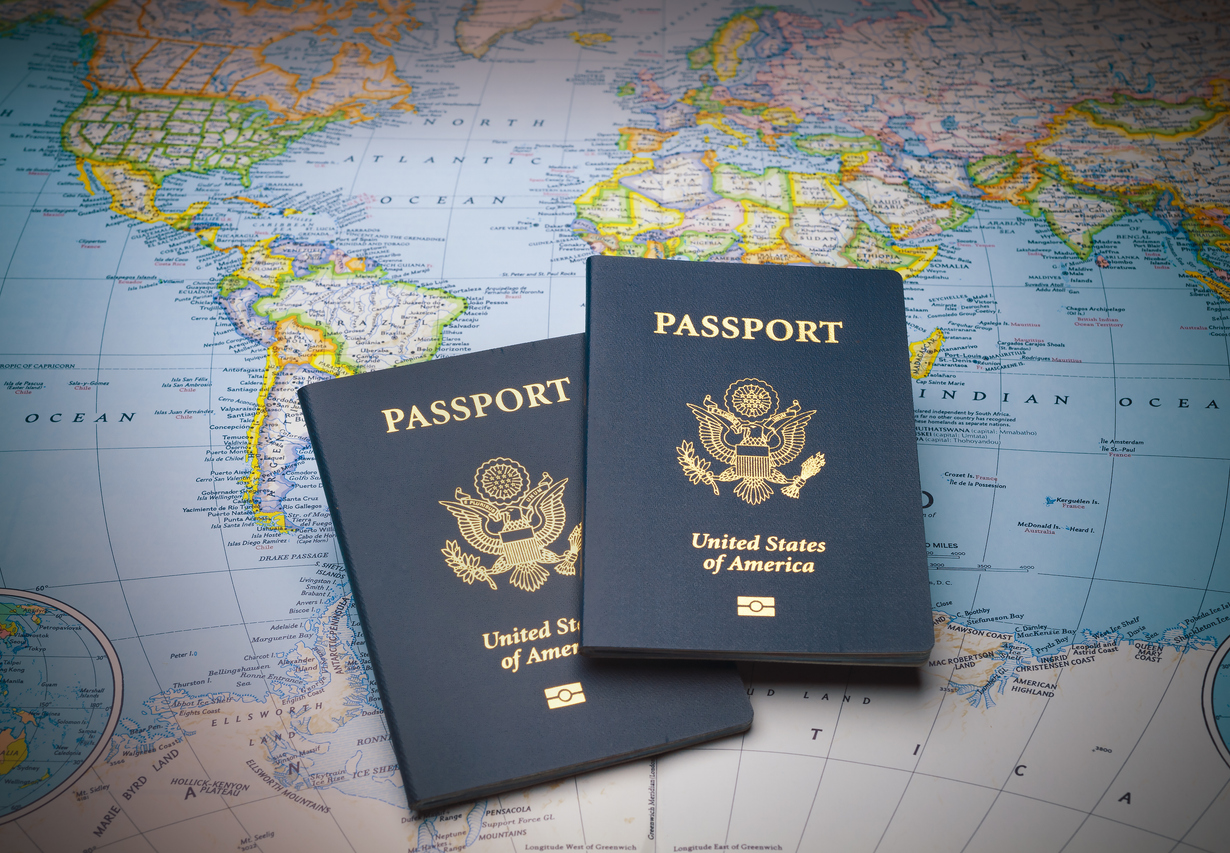
It’s happening again. Long lines, limited appointments, and months-long waits for passport renewals are back on the table. Whether you’re applying for the first time or simply trying to renew, one thing is clear: the U.S. passport system is still under strain in 2025.
And if you’re planning international travel anytime soon, you need to be thinking about your passport now — not a month before departure.
Here’s what’s really going on with U.S. passport delays, what’s causing the ongoing backlog, and how to avoid becoming the next stranded traveler with a non-refundable flight and no valid ID to board it.
How Bad Are the Delays Right Now?
As of spring 2025, routine passport processing is taking 10 to 13 weeks — and that’s after your application is received and entered into the system. In many cases, that doesn’t include the time it takes for your documents to arrive by mail.
Expedited processing? Still slow — currently averaging 6 to 8 weeks even with the extra $60 fee.
And walk-in appointments at passport agencies? Rare, limited, and often booked out weeks in advance.
Bottom line: if you’re traveling internationally this summer or fall, you should be applying or renewing now.
What’s Causing the Ongoing Backlog?
The delays aren’t just a leftover glitch from the pandemic. Several factors are creating the perfect storm:
- Post-COVID travel surge – Americans are traveling abroad in record numbers. Passport demand has skyrocketed.
- Staffing gaps – Passport offices are still understaffed, and training new agents takes time.
- Outdated infrastructure – Many parts of the passport system still rely on slow, manual processes and physical documents.
- Peak season pressure – Spring and summer always bring a wave of applications. In 2025, it’s worse than usual.
Even efforts to digitize renewals haven’t scaled fast enough to fix the system.
What You Can Do Right Now
If you’re holding off on renewing your passport or applying for the first time, stop. Here’s how to beat the delays:
1. Check Your Expiration Date
Most countries require your passport to be valid for at least 6 months beyond your arrival date. That means your passport could technically still be valid — but not valid enough.
Safe rule: If your passport expires anytime in the next 9–12 months, start the renewal process now.
2. Apply Early (Really Early)
Do not wait until you book a flight. Apply first. The U.S. State Department is swamped, and even expedited service won’t save you if you’re too close to departure.
Apply:
- Online (if eligible — some restrictions still apply)
- By mail (renewals only)
- In person (for first-time applications or if your previous passport was issued when you were under 16)
3. Use Expedited Service — But Don’t Expect Miracles
Paying the extra $60 gets your application moved up the line, but it’s still not a guarantee of fast service. You’ll also pay for overnight return shipping if you want it.
Use expedited service only if you’re more than 8 weeks from travel. Closer than that? You’ll need a different strategy.
4. Try for an Emergency Appointment
If your departure is within 14 days, you may be eligible for an in-person appointment at a passport agency — but slots are extremely limited and go fast.
To qualify, you’ll need:
- Proof of immediate international travel (ticket, itinerary)
- A call to the National Passport Information Center
- A lot of patience and luck — especially in major cities
This is not a guaranteed option, and many people report spending hours on hold without landing an appointment.
5. Beware of Third-Party Services
There are legit passport expediters — and plenty of scammers. Be careful.
If you go this route:
- Use only companies authorized by the State Department
- Expect to pay hundreds in fees
- Understand that they can’t magically speed up government delays — they can only handle paperwork faster and score agency appointments when available
What’s Up With the Online Passport Renewal Program?
You may have heard the U.S. is testing online passport renewals. It’s true — the State Department launched a pilot program aimed at streamlining renewals without the mail or in-person visits.
Here’s the current status (as of 2025):
- It’s still in testing
- Only open to certain eligible applicants
- Often opens and closes in short windows due to demand
- Some users report smoother processing, others hit tech snags
If you’re eligible and the system is open, it’s worth trying — but have a backup plan ready.
Travel Plans at Risk? Here’s What You Can Still Do
If your trip is booked but your passport status is in limbo:
- Track your application – Use the online status tracker, but be aware it can lag by several days.
- Call the passport hotline – 1-877-487-2778. Expect long waits.
- Contact your Congressperson – Seriously. Many congressional offices have a dedicated staffer for passport emergencies. They can escalate cases that meet certain criteria.
- Don’t cancel just yet – In some cases, agencies can push last-minute turnaround with proof of non-refundable international travel. It’s a gamble, but better than giving up early.
What This Means Going Forward
This isn’t a short-term hiccup. Passport demand will continue to outpace supply unless the system gets a major overhaul — more staff, better tech, and faster processing.
What this means for travelers:
- You’ll need to plan farther ahead than ever before
- “Last-minute” international trips are now much riskier
- Renewals should be handled like travel insurance — well in advance, just in case
In 2025, a passport isn’t just a travel document. It’s a deadline.
If you don’t plan ahead, the system won’t save you. No amount of expedited fees or frantic phone calls will conjure a passport if you waited too long.
So check your expiration date. Apply early. Be aggressive if you’re close to departure.
Because the only thing worse than missing a trip — is realizing you could’ve avoided it with a 10-minute form three months ago.







